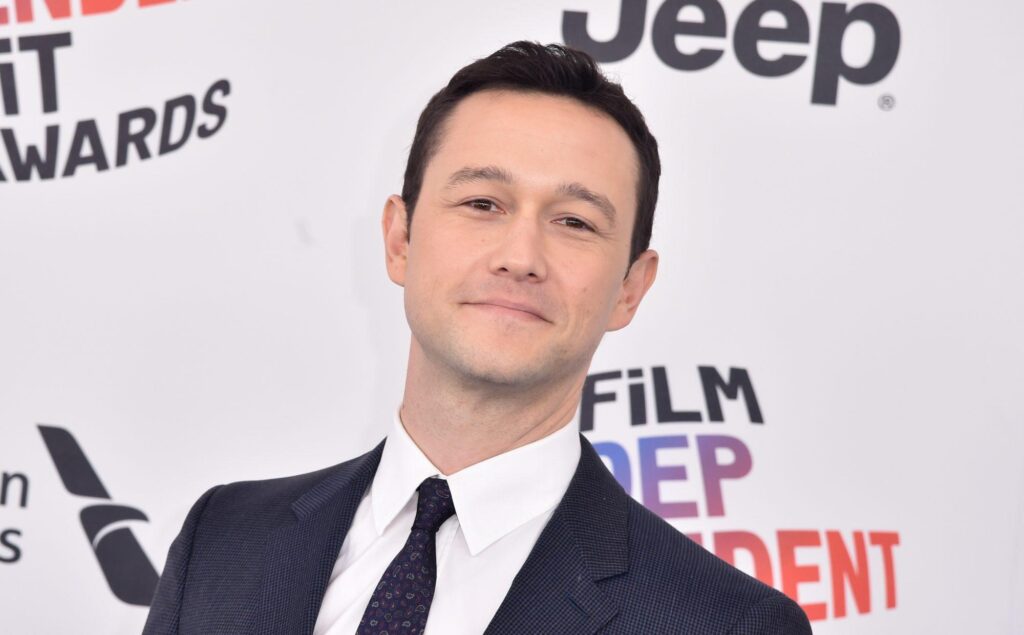Most people think of astronauts like humans dressed in voluminous costumes flying rockets on board that rush into the vast exterior space. Virgin Galactic, however, wants to change this design and make each human a potential astronaut. At least each human who can afford one of his super sensitive spatial flights. First of all, however, it must show everyone, especially authorities, that it can safely transport humans over a certain altitude. His third flight flight last Saturday took a step closer to this goal while performing a first for science and space travel.
Virgin Galactic’s vision really transforms common ideas on spatial flight on the head. Rather than energizing rockets, the company’s space aircraft takes off from tracks like regular aircraft. They do not fly too far from the earth but, fortunately, the United States considers that anyone flying above 80 kilometers from the surface of the earth to be an astronaut.
This is exactly what happened on May 22 when the VMS EVE launches Craft stole up to 13.4,000 feet (13.4 kilometers) before the real spacecraft, the VSS unit, the individual detached and shot his rocket engines. The spaceship, which can carry six passengers and two drivers, reach an altitude of 293,000 feet, about 89 kilometers, before sliding safely into the same track as its support took off. The VSS unit was driven by Dave MacKay and CJ Sturckow, the latter who is the first person to stole the space of three different states.
This achievement was also due to a historical step of this test flight. This is the first time that Virgin Galactic has launched its spatial vessel from its new HQ in Spaceport America in New Mexico. It is in turn the first launch of the New Mexico space, making it the third state in the United States to launch humans in space.
Although an important milestone is just but a small step towards the company’s end goal. Virgin Galactic must always make four other test flights that will see the passengers, including the founder of Virgin Galactic Sir Richard Branson, inside the spaceship. Curiously, this recent test flight also lists “scientific research experiences generating NASA income as part of its objectives, which will probably be more explained in its next financial report.

